The PSM-2 self-powered stage monitor contains
independent amplifier and control electronics for one
12” cone driver and one 4” diaphragm horn driver in a
compact enclosure. This integrated design eliminates
amplifier racks, improves durability and reliability,
and simplifies setup and installation.
The PSM-2 can be oriented such that the planes of the
cabinet face and the horizontal surface on which the
PSM-2 is placed form a 35°, 55°, or 90° angle. Its top-to-
bottom profile is 20.5” at 35°, and 19.5” at 55° (1” higher
than the Meyer UM-1). The high-Q horn provides uniform
coverage in both the horizontal and vertical planes.
The PSM-2 has the following acoustical specifications:
Frequency Response ±4 dB 50 Hz – 18 kHz
Max Peak SPL at 1 m 139 dB
Dynamic Range > 110 dB
Coverage –6 dB: 50° H x 50° V
–10 dB: 70° H x 70° V
The PSM-2 is phase-corrected through the crossover
and has an overall phase response of ±90° 200 Hz–16 kHz,
which yields exceptional system impulse response
and accurate reproduction of all signals.
The PSM-2 employs TruPower™ limiting (TPL), the
first limiting technique that accurately calculates the
power dissipation within the speaker. TPL accounts for
varying speaker impedance by measuring current, in
addition to voltage, to compute the power dissipation
and voice coil temperature.
All Meyer self-powered speakers use TPL, which
• allows the speaker to produce its highest SPL
across its entire frequency range during limiting;
• eliminates long-term power compression when
the loudspeaker is operated at high levels for
extended periods;
• protects the drivers and extends the lifetime of
amplifier and driver components.
The PSM-2 uses the Intelligent AC™ power supply,
which protects the amplifier and drivers by auto-
selecting the voltage, minimizing inrush current, filtering
EMI, and performing surge suppression. The dual-
channel amplifier (620 W/channel) is cooled by a variable-
speed primary fan that runs continuously, and a
secondary fan that turns on when the PSM-2 is operated
in hot conditions or at its maximum level for an
extended period.
The PSM-2 can be equipped to operate with the Remote
Monitoring System™ (RMS) interface network and
software application. RMS displays signal and power
levels, driver and cooling fan status, limiter activity,
and amplifier temperature for all speakers in the
network on a Windows-based PC.
Operating Instructions
PSM-2
Self-Powered Stage Monitor
PSM-2 at 55
°
Patents
Pending
PSM-2 at 35
°

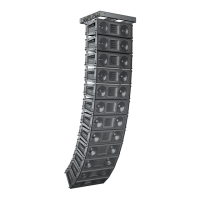
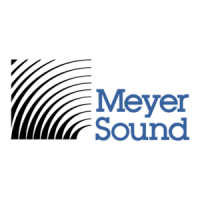
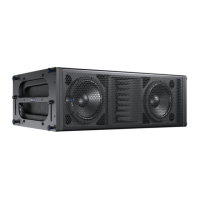
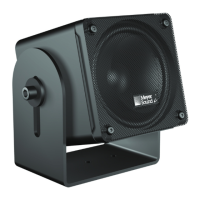
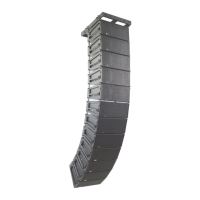

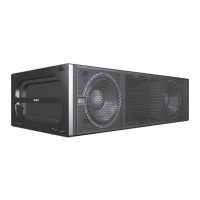
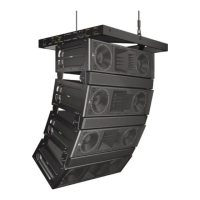
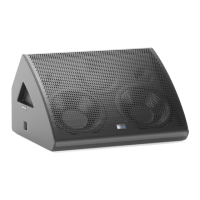
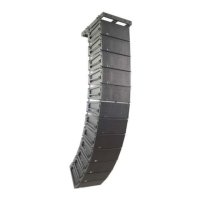

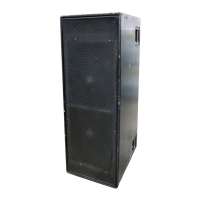
